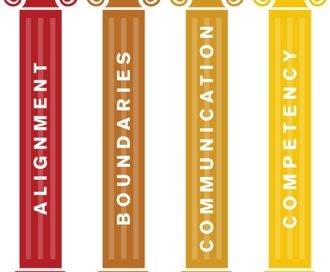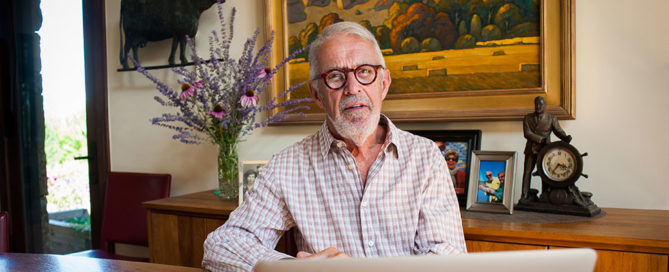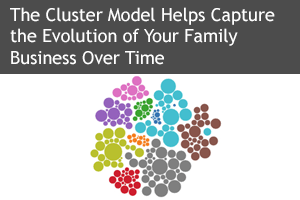Use Values-Based Leadership To Align The Family
As mentioned in the last blog, we all know that alignment starts with the family leader (presumably you!) In Lesson 2, Pillar 1 of my self-study course, Re-Imagining Relationships For Families In Business, you went through the exercise of writing down your own core values, and giving thought to your own code of ethics. Now you know the direction you want to lead family members who also participate in the legacy family business. Lesson 3 addresses how to align your family and how to deal with any members who are not eager to jump onto the same page as the others.
Something I know for sure: anything attempted without alignment is unlikely to be long-lasting. After 50+ years of working with families, I can say that this is a lesson I’ve seen learned in the hardest of ways. As the family leader, you might dread some parts of the exercises used to discover and distill your family members’ values. Still, you must all agree on the “how-to“ before you can implement an agenda of growth and sustainability. I recommend a family alignment model called Values-Based Leadership.
What Is Values-Based Leadership?
Values-Based Leadership (VBL) is defined by The Financial Times as, “motivating employees by connecting organizational goals to employees’ personal values.“ In Re-Imagining Relationships, I make these four key points:
• Values precede ethics, and ethics precede performance.
• Foundational values guide decision making.
• VBL is statistically proven to deliver excellent results over long periods of time.
• VBL can be the foundation of a corporate climate that delivers predictable and sustainable results.
If you and your family agree to operate under a Values-Based Leadership model, then your “core values represent the soul of the organization, and they are likely to remain steadfast in the face of changing market trends and fads.“ (Pillar 1, Lesson 3.)
Now, on the […]

















